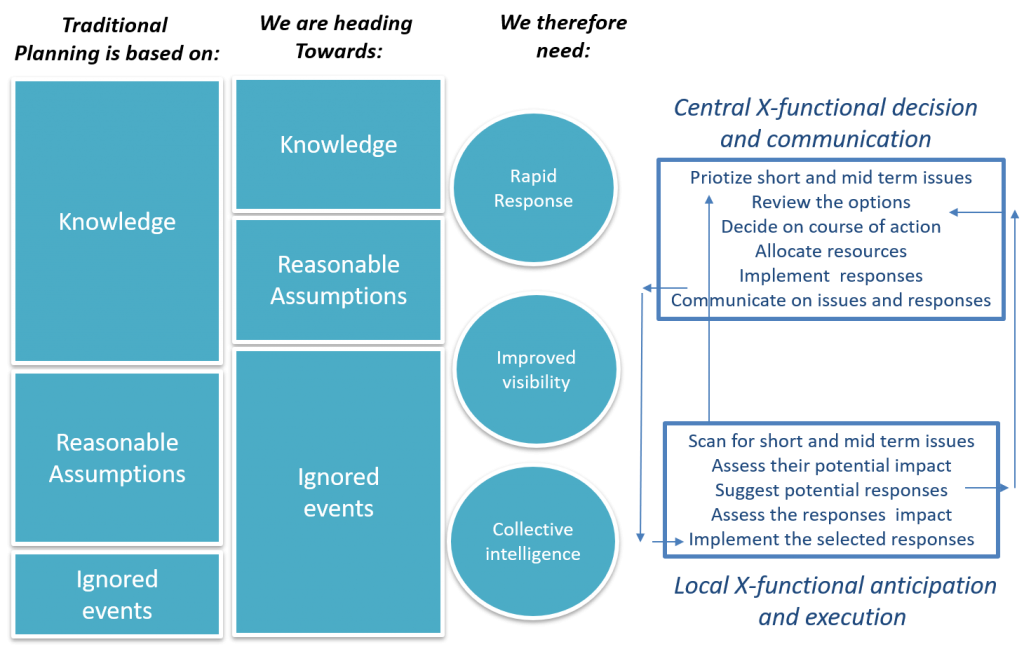Our brain relies on heuristics to navigate the complexities and uncertainties of our world. Heuristics are sorts of algorithms, rapid short-cuts that we use as part of our thinking process. They help us save time, but they can create bias and mislead us.
The Pareto logic is one of these heuristics. We use it whenever we want to prioritise. It works well most of the time. This is a great way to rank multiple options and validate where we should focus our efforts. But it can be misleading.
These days I hear a lot of people adopting this logic in the digital transformation context. They say “Let’ s map what people do and rank their tasks from low value-added ones to high value-added ones. This would be a good way to channel our digitalisation efforts.”
And this is true… up to a point.
You might indeed save 15% or 20% of the time of your people by automating these low value-added tasks. But there is a bias here. We only look at what people do. Not at what they could do if they were supported by a great data accomplice.
Let me take an example. Performing an in-depth cost analysis or performing continuous risk analysis… These take quite some time to complete. You need to gather a lot of data before providing your final analyses and some recommendations.
What if 80%, 90% or even 95% of the time needed for these could be saved by automating the data collection process which is a realistic assessment.
This would mean that you can do 4 times or 10 times more of these when a productivity gain of 15% to 20% could only allow you to do 2 to 4 times more of it.
And of course, this does not even consider the outcomes. Low value-added tasks tend to be a necessary evil. You need to do them anyway, but they don’t have massive positive ripple effects on performance. Placing orders, documenting compliance matters are good example of this. It is a must have but not a performance booster
However, performing higher value-added activities can be different in terms of impact. An in-depth cost analysis, or real time risk scanning offer higher order outcomes. Consequently, performing more of them is very valuable.
All this should not lead us to conclude that we should not automate low value-added tasks or abandon the Pareto rule. My suggestion is simply to look at both sides of the opportunity landscape. In fact, all this is not new, the debate between automation VS augmentation between Artificial Intelligence and Intelligence Assisted has been here for some time.
What I claim, is that simple, logical automatic reasoning can help us a lot, it can also poison our reasoning.
To simplify our ways of working we should not make simplistic reasoning
Join the discussion! Share your views on my post on LinkedIn!
Hervé Legenvre, PhD
EIPM Value Creation Observatory Director
Share this:
- Click to print (Opens in new window)
- Click to share on Facebook (Opens in new window)
- Click to share on LinkedIn (Opens in new window)
- Click to share on Twitter (Opens in new window)
- Click to share on Google+ (Opens in new window)
- Click to share on Pinterest (Opens in new window)
- Click to share on Skype (Opens in new window)
- Click to share on WhatsApp (Opens in new window)






